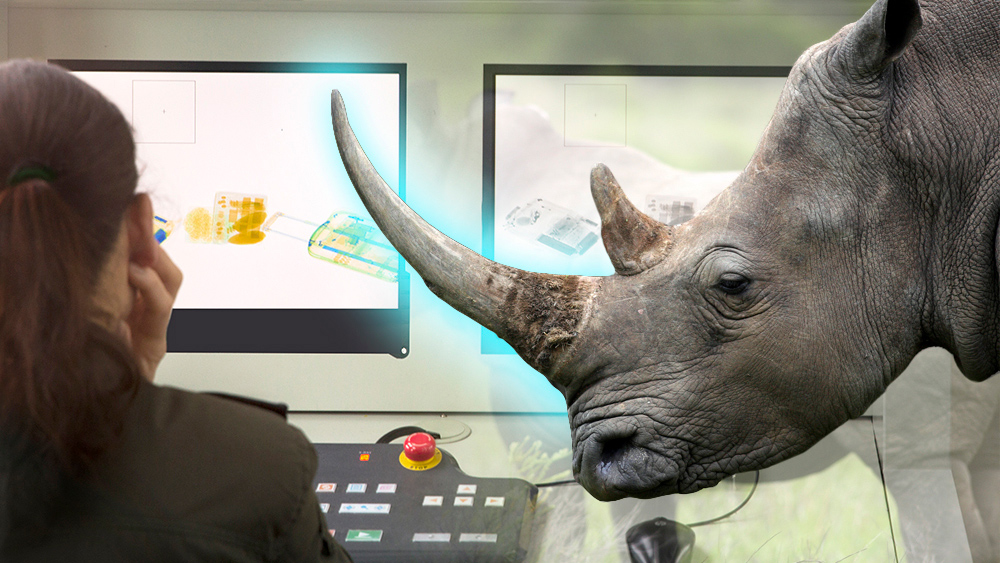
The South African white rhino can grow to the weight of an average car — roughly 2.5 tons — so one might believe it does not have many natural predators. However, humans have proven to be the animal’s largest existential threat.
An innovative collaboration between the University of the Witwatersrand, Johannesburg, in South Africa, and the Department of Nuclear Engineering at Texas A&M University may be the answer to curb rhino horn poaching once and for all.
Texas A&M nuclear engineering graduate student Jordan Hillis and Texas A&M nuclear engineering associate professor Dr. Craig Marianno partnered with Dr. James Larkin from Wits. Together, they are discovering how to use nuclear science to devalue rhino horns for poachers and detect poached horns at ports of entry — similar to how nuclear explosive devices are detected.
Larkin began The Rhisotope Project in 2021 to find a way to safely insert nuclear material known as radioisotopes into a rhino’s horn. The radioisotopes would make the horn detectable to port monitors when poachers attempt to smuggle them across borders. To figure out how to do it safely, he reached out across the pond to Texas A&M, where Hillis and Marianno got right to work.
This is going to be a globally prominent conservation project.
Hillis earned her bachelor’s degree in nuclear engineering in 2021 and returned as a graduate student focusing on health physics. She will perform sensitivity analyses with hand calculations and computer modeling as part of an independent study to verify the project’s safety. Sensitivity analyses study the overall uncertainty of a mathematical model while helping pinpoint the most important issues in a decision.
“Once I’ve gotten my hand calculations of the radiation dose rates from the horn’s model and found that they are ideal, I’ll take those and confirm them in the computer simulations. The hope is that my hand calculations of the dose rates match the computational results,” Hillis said.
The calculations and models will then be compared to another independent study conducted in collaboration with Dr. Tom Johnson at Colorado State University. The researchers expect the independent studies to come to the same conclusion and validate safety.
For now, the plan is to study rhinos in privately-owned sanctuaries and reservations, but the team hopes to expand to other animals, including South African black rhinos and elephants.
“If we all discover the same conclusion, we can then advocate our work to show these sanctuary and reservation owners, ‘This is how we can make poachers think twice because we can detect a rhino horn before it’s transported, and we won’t be harming the animal. With this capability, please let us now do this to your rhinos to save their threatened population,’” Hillis said.
Visit The Rhisotope Project website for further updates on the project.